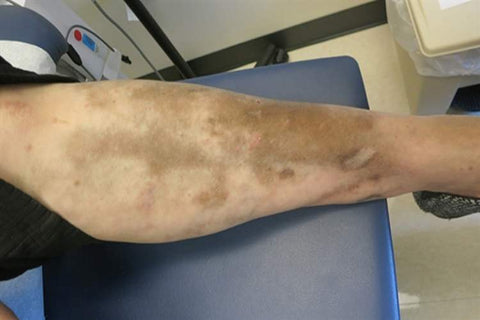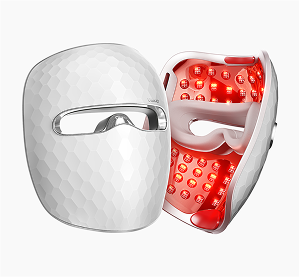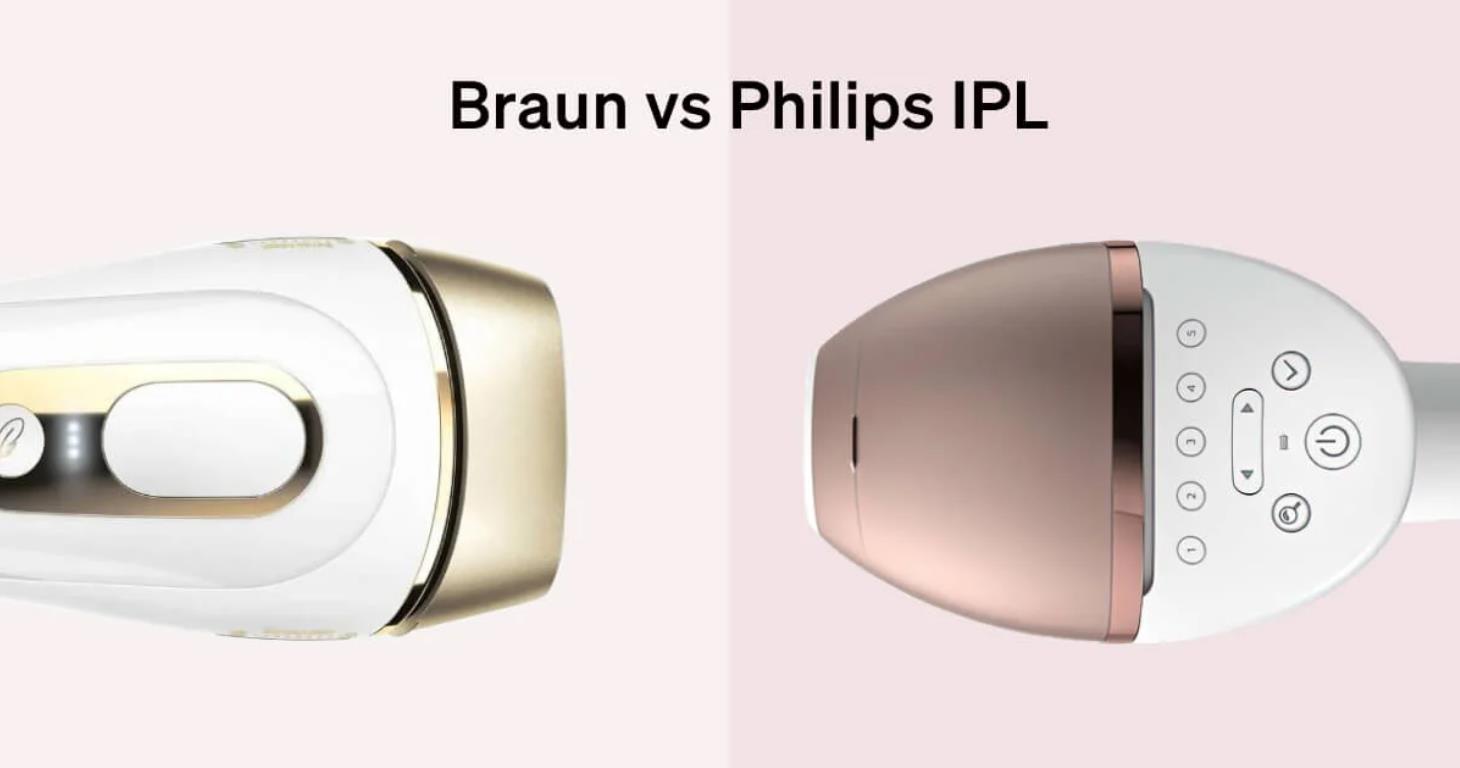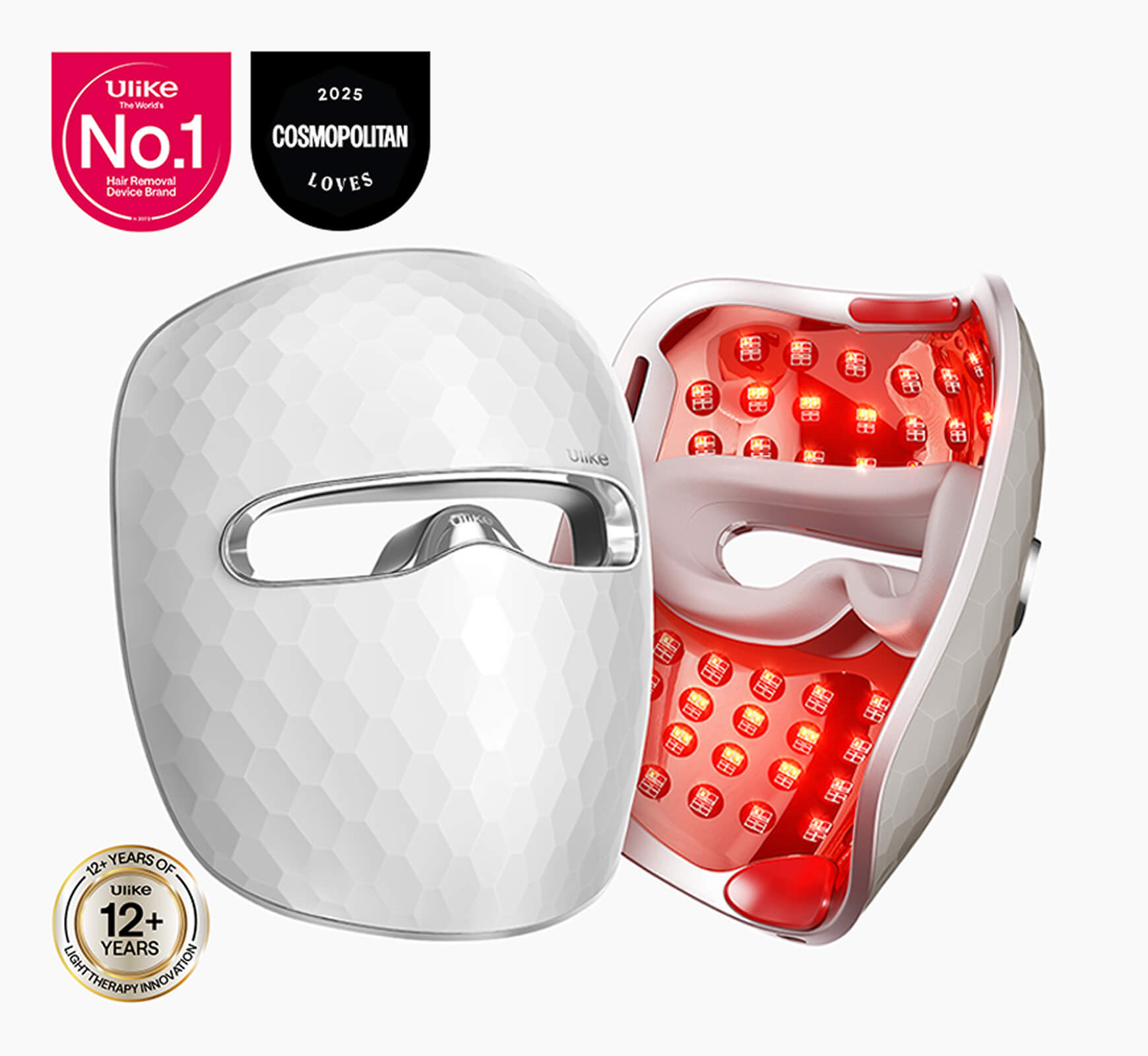When we talk about hyperpigmentation particularly on legs, there are special reasons behind it like age factor, side effects of cosmetic or medical treatment, genetics, symptoms of a disease, or due to our daily routine. Cures for hyperpigmentation on legs can be topical, professional treatment, or home remedies but home remedies and topical treatments don’t always guarantee a solution.
If you are experiencing or are worried about hyperpigmentation on your legs, we have talked about hyperpigmentation on legs treatment, causes, and how you can prevent it from happening in the future.
Table of Contents:- Part 1: What Is Brown Hyperpigmentation on Legs?
- Part 2: What Are the Causes of Hyperpigmentation on Legs?
- Part 3: How to Get Rid of Hyperpigmentation on Legs?
- Part 4: How Can I Prevent Hyperpigmentation on My Legs?
Part 1: What Is Brown Hyperpigmentation on Legs?
Hyperpigmentation on legs means visible dark spots or patches on the legs that are usually darker than the surrounding skin. Hyperpigmentation is mostly dark brown or brown and this happens when the skin starts producing excess melanin than usual, which gives skin a dark pigmentation. This situation can be temporary but if it becomes long-lasting, you need to take treatment.

Part 2: What Are the Causes of Hyperpigmentation on Legs?
1. Excess Exposure To The Sun
The cells that produce melanin are called “melanocytes” and when we go under direct sunlight for a long time, the UV rays in the sunlight start penetrating our skin. The skin starts producing more melanin as a part of defence against this UV light, which gives us dark pigmentation. It can happen on any body part that stays exposed to sunlight for enough time including our legs.
2. Skin Inflammation
Acne, eczema, dermatitis, skin injuries, lupus, etc., can cause skin inflammation, which can activate melanocytes to start producing more melanin. This causes hyperpigmentation that can also occur on legs and experts consider this type of hyperpigmentation as a side effect of skin inflammation. Skin inflammation doesn’t always lead to hyperpigmentation, though.
3. Cosmetic Tanning
Indoor tanning is one way to tan our skin artificially using tanning devices. These devices emit UV rays that penetrate our skin and give it a dark colour. Sometimes cosmetic tanning or artificial tanning sprays or devices can give us hyperpigmentation (including on our legs) instead of a smooth and even tan. This can happen due to poor device quality or improper way of tanning our skin.
4. Addison's Disease
Addison's disease is a situation when the patient’s adrenal glands fail to produce an ample amount of hormones in the body and that results in hyperpigmented skin. Such people notice hyperpigmentation mostly on their legs. Addison’s disease forces our body to make more MSH (melanin stimulating hormone) and as a result we notice hyperpigmented legs and other body parts.
5. Skin Infections
Fungal and bacterial infections are the biggest culprit in skin inflammation. As the body gradually heals, the skin starts producing more melanin, which can give us hyperpigmentation. If the infection occurs on the legs, that person can get hyperpigmented legs.
6. Hormonal Imbalance Or Ageing
People of old age sometimes start developing hyperpigmentation on different areas including legs. Sometimes imbalance hormonal levels can trigger hyperpigmentation and it can occur on the legs too.
7. Side Effects Of Medicines
Sometimes drugs in the medicines start stimulating melanin production. Also, the drugs can make our skin more sensitive or inflamed, which can elevate to hyperpigmentation. It can happen on any body part including legs.

Part 3: How to Get Rid of Hyperpigmentation on Legs?
1. Topical Treatments
Topical treatments include over the counter creams and serums that can slow down melanin production. These creams contain hydroquinone or retinoids, which can control the production of melanin and help our skin cells recover from any damage. As the skin cells heal and the melanin production stays under control, the skin tone starts to get even and we can notice fading hyperpigmentation. Some over the counter products that you can try include:
- Glycolic B5 10% Pure Glycolic Acid Serum
- Alpha Arbutin 2% + HA
- Vitamin C+ Dark Circles Eye Cream
2. Cosmetic or Professional Treatments
The concept of cosmetic and professional treatments says that these treatments target damaged and darkened skin cells and remove them. Furthermore, the treatment then works on helping our body develop new skin cells that result in even pigmented skin. There are several cosmetic treatments that can help us treat hyperpigmentation on our legs like:
3. Natural Treatments
- Aloe vera: It soothes and moisturises the skin and helps our hyperpigmented areas heal naturally.
- Licorice extract: This extract has some natural compounds that can stop the production of excess melanin.
- Green tea extract: We can use it as a scrub exfoliant because it is rich in antioxidants that can reduce hyperpigmentation.
- Lemon juice: Lemon juice has citric acid, which can lighten dark spots. But if you have sensitive skin, then you need to be cautious with it.
Part 4: How Can I Prevent Hyperpigmentation on My Legs?
- If your legs remain exposed to direct sunlight for a long time either partially or fully, we recommend at least an SPF30+ sunscreen, especially if you have sensitive skin.
- Wearing trousers or full-length lowers will help you avoid hyperpigmentation if you think that wearing sunscreen is not practically possible all the time.
- You can wash your legs 1-2 times a day to keep them cool and relaxed as per your convenience.
- Regular exfoliation is one great way by which we can remove damaged top layer of the skin and avoid hyperpigmentation. We can exfoliate our legs at night or in the morning before going out.
- We should never use products that can irritate our skin like soaps that have too many chemicals in them. Sometimes fragrances, especially cheap ones, have bad quality chemicals that can irritate our skin and easily cause hyperpigmentation when we move out in the sun.
- You should stay hydrated at all times so that the sun does not damage your leg skin easily.
- If it feels itchy on the legs, avoid scratching too much and apply a moisturiser instead. This should relieve itchiness.
- It’s always a lovely idea to invest in good skin care products irrespective of your gender. Skincare products are not girly or feminine and even men should use high-quality and skin-friendly skincare products like moisturisers, exfoliants, soaps, etc.
- If you have started any medications and are noticing hyperpigmentation recently, maybe those drugs are the culprit. You should bring your hyperpigmentation problem into your doctor’s notice immediately.
- You should not be harsh with your skin when washing. Staying gentle will ensure that the top layer of the skin remains healthy so that it doesn’t cause hyperpigmentation.
-
If you notice acne, pimples, or any skin issues on your legs, we recommend that you should not take them lightly, especially if they become long-lasting because it can lead to hyperpigmentation any time.

Conclusion
Hyperpigmentation on legs is possible in all ages and it can happen because of so many reasons. If you are worried about hyperpigmentation on your legs, we have so many treatment options. If you have tried home remedies or natural remedies without any effect, we suggest that you should get medical attention. Furthermore, it will be better if you can take some precautionary measures to prevent hyperpigmentation so that you don’t have to deal with the treatment options later on.










































